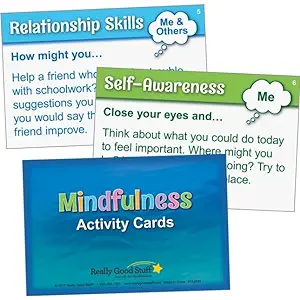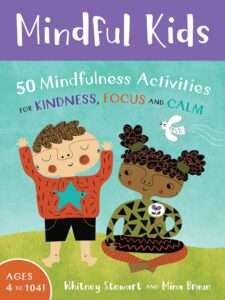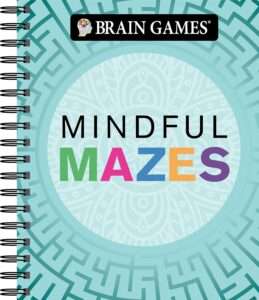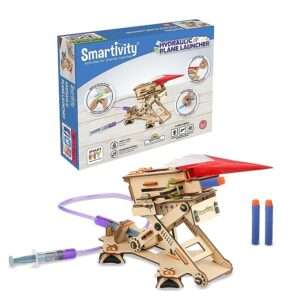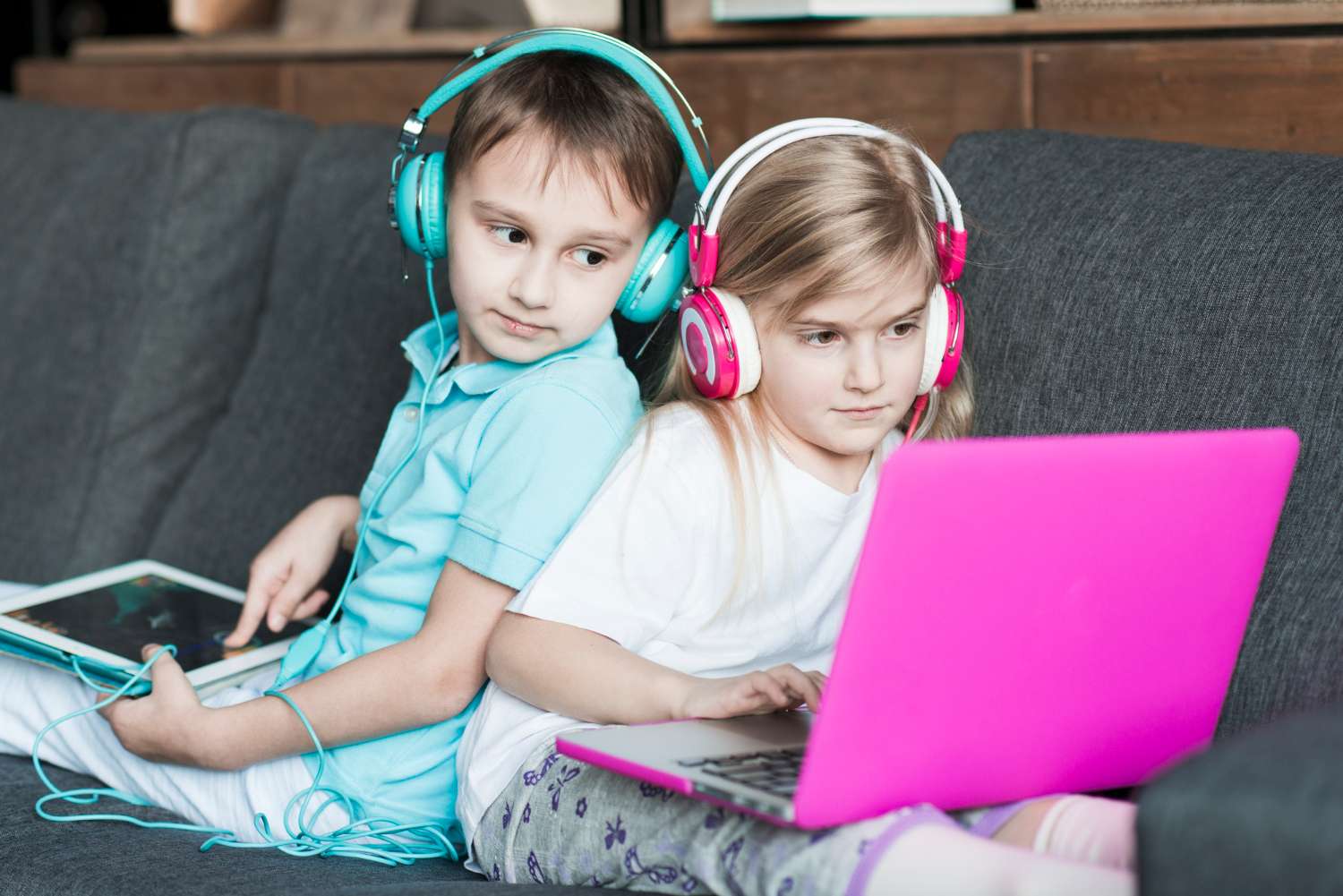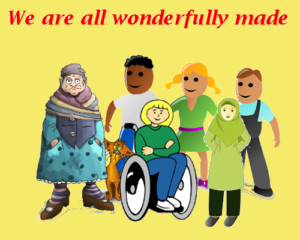Teaching Essay Structure Through Children's Books: A Fun and Effective Approach
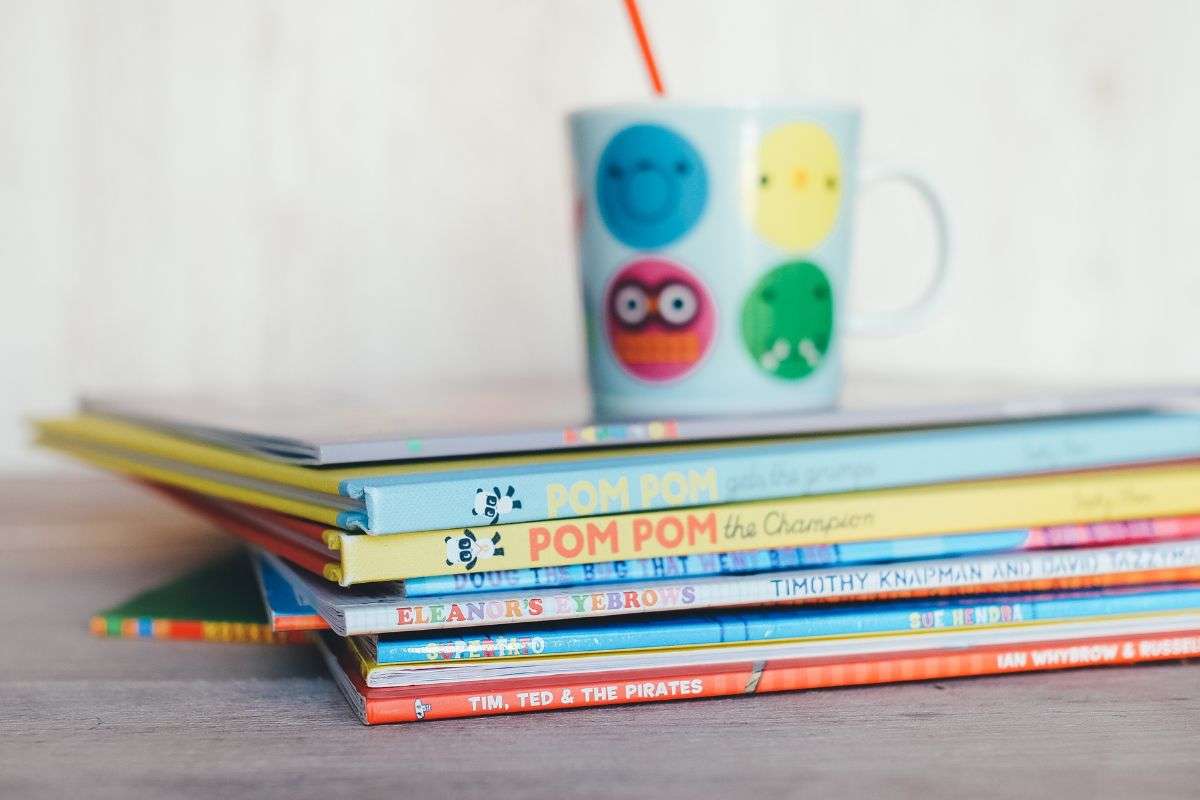
Learning is like a journey where we explore and discover new things. In the same way, teaching how to write an essay is also a part of this process. Teachers are trying to find fun and new ways to teach kids how to write. Using children's books is a good idea. This article explores how to teach kids how to write essays using kids' books. We want to show educators how they can make essay writing fun for kids by learning about this approach's benefits, strategies, and creative elements.
The Magic of Storytelling:
Kids' books have been loved for a long time because they can take readers to magical worlds, inspire creativity, and teach important lessons about life. Using storytelling to teach essay structure helps kids understand and learn interestingly.
-
Clear Narrative Structure:
Most kids' books have a story that follows a clear pattern, with a beginning, middle, and end. This natural story shape helps to explain the parts of an essay in a way that's easy for students to understand.
-
Engaging Characters and Themes:
Kids' books have many interesting characters and ideas that kids like. These familiar elements make it easier for students to discuss essay parts and relate their writing to their favorite characters and themes.
Visual Aids and Illustrations:
Pictures and colorful drawings in kids' books are great for starting conversations about writing in a way that describes things and includes details about the senses. Inspiring students to use the colorful descriptions in their favorite stories can help them be more creative when writing essays.
From Story to Structure:
Moving from storytelling to writing essays needs to be done carefully and slowly. To help students understand the change, teachers can use unique methods to bridge the gap.
-
Drawing Parallels Between Story Elements and Essay Components:
Start by comparing the parts of a story (beginning, middle, peak, ending) to the parts of an essay (intro, main paragraphs, conclusion). This comparison helps students see that a story and an essay have a logical order.
-
Interactive Story Mapping:
Use activities where students work together to map out the essential parts of a kids' story. Expand this activity to outline the critical parts of an essay, showing how they are similar in structure to other types of writing.
-
Transforming Characters into Arguments:
Encourage kids to make arguments about characters from their favorite books for children. How would their favorite character deal with a specific topic or problem? This exercise helps to create solid and convincing arguments in an essay.
Conclude Transition Words: Enhancing Essay Structure:
Transitions help to connect the ideas in an essay so that readers can follow along easily. Teaching students to use words like "in conclusion" can improve their essays.
-
In Conclusion:
Start by using the familiar words "In conclusion. " This simple transition shows that the essay is ending and helps students to quickly recap their main points before finishing.
-
To Sum Up:
Promote using "To sum up" as a flexible transition phrase. This makes students organize their thoughts, shortly repeat important points, and emphasize why summarizing is essential at the end.
-
Ultimately:
Discover the word "Ultimately" to show a feeling of coming to an end. This helps students express the main idea or point of view on a specific topic and prompts them to think about the more significant effects of their essay.
-
In Summary:
Just like "In conclusion," the phrase "In summary" reminds students to review their main points. Highlight how important it is to be clear and to summarize the main points to make a firm conclusion.
Crafting a Compelling Introduction:
The beginning of an essay is crucial because it sets the mood and grabs the reader's attention. Teaching students how to write an Introduction for an essay means learning to tell stories and connect with things they already know.
-
Start with a Hook:
Start by discussing a hook, a solid and exciting opening that catches the reader's attention. Ask students to try different ways to start their writing, like asking compelling questions, sharing surprising facts, or using detailed descriptions. This makes the reader interested and encourages them to keep reading the essay.
-
Provide Background Information:
After grabbing the reader's attention, ask the students to share some basic facts about the topic. This puts the subject in context and helps people understand the bigger picture of the essay. Support adding important information or historical background to strengthen their points.
-
Thesis Statement:
Highlight the importance of a strong thesis statement. This central point briefly explains the writer's opinion on the topic. Please encourage students to clearly define their primary idea in their essay to help them develop strong arguments.
-
Preview the Main Points:
A good introduction usually shows what the essay will talk about. This map shows readers where the essay is going and prepares them for the upcoming arguments. Please encourage students to briefly explain the main ideas they will discuss in the essay.
Fostering a Love for Writing:
We want young students to enjoy writing rather than just focusing on how to structure an essay. Using children's books to teach essay writing helps to create a fun and creative way for students to learn.
-
Encourage Creativity and Expression:
Celebrate and cheer on people who are creative when they write. Kids' books usually show how it's good to be unique and express yourself creatively. "Tell students to put their thoughts and ideas into their essays and write their way. "
-
Celebrate Diversity in Writing Styles:
Recognize and enjoy the different ways people write. Like many kinds of children's books, there are also many different ways to write essays. Please encourage students to try other writing methods, such as tone, voice, and storytelling, to discover their unique writing style.
-
Offer Constructive Feedback:
Give helpful and detailed feedback that points out what someone is good at and gives ideas for how they can get better. Making a place where students feel supported and that their hard work is essential helps them become better writers.
Teaching how to write essays using children's books is like blending storytelling with the rules of academic writing. Teachers can make learning more enjoyable for kids by comparing stories to essays. This helps kids understand and relate to what they are learning. Concluding transition words at the end of a paragraph in essays makes more sense. Also, having good strategies for writing introductions can help make writing easier.
Aside from the technical stuff, encouraging a passion for writing means celebrating creativity, recognizing different writing styles, and giving helpful feedback. As teachers, we can make essay writing fun, help students learn essential writing skills, and love writing forever. Looking at kids' books, we encourage future writers to try different types of writing happily and imaginatively.
